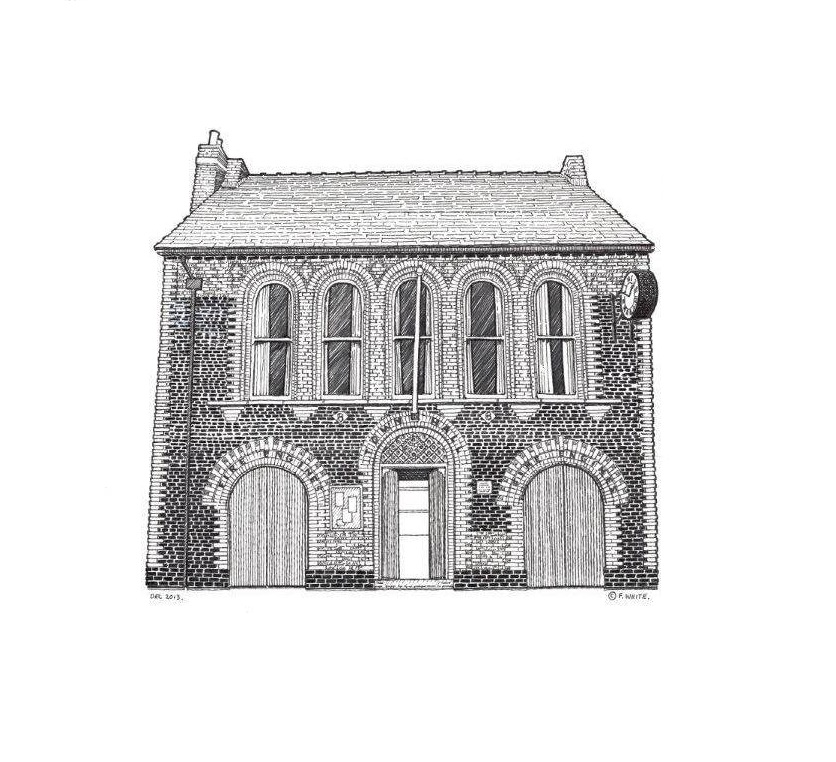Like nearly all museums, Whittlesey Museum does not have enough display space to show off every object in its collection at once.
On this page you can see a small sample of the objects that are currently tucked away in behind-the-scenes storage at the museum, waiting for their turn to come out again.
 How do you decide which objects to put on display?
How do you decide which objects to put on display?
The objects chosen to put in the galleries are usually selected because they tell a story of some kind – perhaps a story about a period in time, the activity of a particular person or group of people, or a particular topic. They might also be especially unique objects, directly related to the museum’s Mission and Purpose, or simply very popular with visitors!
What about deciding which objects to put in the store?
Objects which end up in the store might go there because they are close duplicates of something which is already out on display, they are not quite as well-preserved as other objects already out on display, or because there is only a limited gallery space to devote to that topic before another topic would have to get pushed out altogether to make way for it.
Some objects are especially fragile and sensitive to light or environmental changes and so they cannot be exposed to the gallery for very long without becoming damaged – textiles and paper are often like this and that is why a lot of the Whittlesey costume collections are in storage at any given time.
Can I visit the store and see these objects?
At the moment Whittlesey Museum does not have the resources to support behind-the-scenes visits to the museum storage areas. However, if there is a particular item or subject that you are researching and you believe that specific objects in our store might be able to help you, please get in touch with the Curator to discuss possible ways of accessing them – we are always happy to work with enquiries from the public.
Why don’t you just get rid of all the things that aren’t on display?
Museums have a duty of care to all of the items accessioned into their collections, and it would be a breach of the Museums Association Code of Ethics to sell, give away or destroy any of them except under very special circumstances. You can read about this in the museum [disposals policy]. Importantly, items that are not on display are usually not ‘unwanted’ or ‘spare’ – they may just be resting before going back out into the galleries. Even if an object spends most of the time in storage it can still be an important resource for study and provide historical information both now and in the future.


You must be logged in to post a comment.